Universal Resource Network (URN): A Comprehensive Research Paper
By Prakash Chand Sharma
Abstract
The Universal Resource Network (URN) represents a groundbreaking innovation poised to transform global resource allocation, management, and collaboration. By seamlessly integrating advanced technologies such as blockchain, artificial intelligence, and decentralized networks, URN aims to create an equitable, transparent, and efficient ecosystem for resource sharing across industries and borders. This research paper explores the foundational concepts, technological framework, potential applications, and challenges associated with URN, while also envisioning its future impact on society.
1. Introduction
In an increasingly interconnected world, effective resource allocation and collaboration are essential for sustainable growth and development. However, traditional systems for managing resources often suffer from inefficiencies, lack of transparency, and limited accessibility. The Universal Resource Network (URN) is envisioned as a solution to these issues, providing a decentralized, data-driven platform to optimize resource distribution and foster innovation.
2. Key Objectives of URN
-
Efficient Resource Allocation: Ensure optimal utilization of global resources, including physical, intellectual, and digital assets.
-
Decentralized Governance: Promote equitable access and transparency by leveraging decentralized technologies.
-
Enhanced Collaboration: Connect individuals, organizations, and governments for cooperative problem-solving and knowledge sharing.
-
Real-Time Data Insights: Provide actionable insights through advanced data analytics and AI-driven decision-making.
3. Technological Framework
URN is built upon a robust technological foundation that includes:
-
Blockchain Technology: Ensures secure, transparent, and tamper-proof transactions and data sharing.
-
Artificial Intelligence (AI): Facilitates intelligent resource matching, predictive analytics, and automated decision-making.
-
Internet of Things (IoT): Enables real-time data collection and monitoring of physical resources.
-
Cloud and Edge Computing: Provides scalable infrastructure for data storage, processing, and accessibility.
4. Potential Applications of URN
4.1 Healthcare Sector
-
Efficient distribution of medical equipment, vaccines, and expertise.
-
Collaborative research and data sharing for disease prevention and treatment.
4.2 Energy Sector
-
Smart energy grids for optimized power distribution.
-
Cross-border collaboration for renewable energy projects.
4.3 Finance and Investment
-
Decentralized financial systems for resource pooling and funding.
-
Transparent and secure investment mechanisms.
4.4 Education and Research
-
Universal access to educational resources and expert networks.
-
Collaboration on global research initiatives.
4.5 Supply Chain Management
-
Real-time tracking and optimization of logistics.
-
Transparent sourcing and distribution networks.
5. Benefits of URN
-
Transparency: Clear visibility into resource allocation and utilization.
-
Equity: Fair access to resources regardless of geographical or economic status.
-
Efficiency: Reduced waste and improved operational productivity.
-
Innovation: Enhanced collaboration leading to accelerated problem-solving.
6. Challenges and Mitigation Strategies
6.1 Technological Challenges
-
Data Security: Implementing robust encryption and security measures.
-
Scalability: Leveraging cloud infrastructure to support large-scale operations.
6.2 Regulatory Challenges
-
Compliance: Developing international legal frameworks for decentralized resource networks.
-
Governance: Establishing transparent and accountable governance structures.
6.3 Adoption Challenges
-
Awareness: Educating stakeholders about the benefits of URN.
-
Resistance to Change: Demonstrating tangible value to encourage adoption.
7. The Future of URN
The Universal Resource Network has the potential to redefine global collaboration and resource management. As technological advancements continue to evolve, URN can drive innovation, sustainability, and inclusive growth.
Key future developments may include:
-
Integration with Quantum Computing: For enhanced data processing and analytics.
-
Expansion into Emerging Markets: Bridging resource gaps in developing regions.
-
Enhanced Interoperability: Seamless integration with existing systems and networks.
8. Conclusion
The Universal Resource Network (URN) presents a transformative vision for the future of resource allocation and collaboration. By leveraging advanced technologies and fostering global cooperation, URN can create a more equitable, transparent, and efficient world. This research paper highlights the immense potential of URN and underscores the need for continued exploration, innovation, and collaboration to bring this vision to reality.
References
-
Sharma, P. C. (2025). Global Innovation Trends.
-
Satoshi, N. (2008). Bitcoin: A Peer-to-Peer Electronic Cash System.
-
World Economic Forum (2024). The Future of Decentralized Resource Management.
| Shipping Cost |
|
| Shop Location | B-4/193, chitrakoot scheme, vaishali nagar , jaipur 302021, Rajasthan, India |
No reviews found.
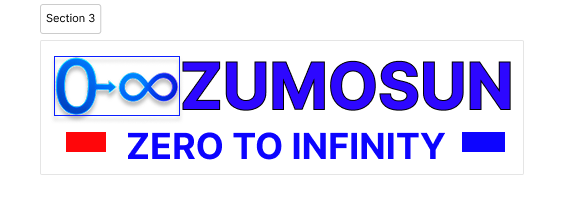
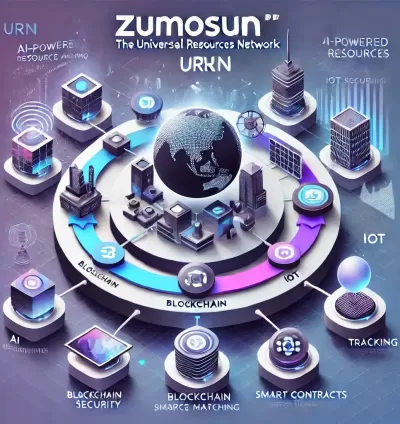
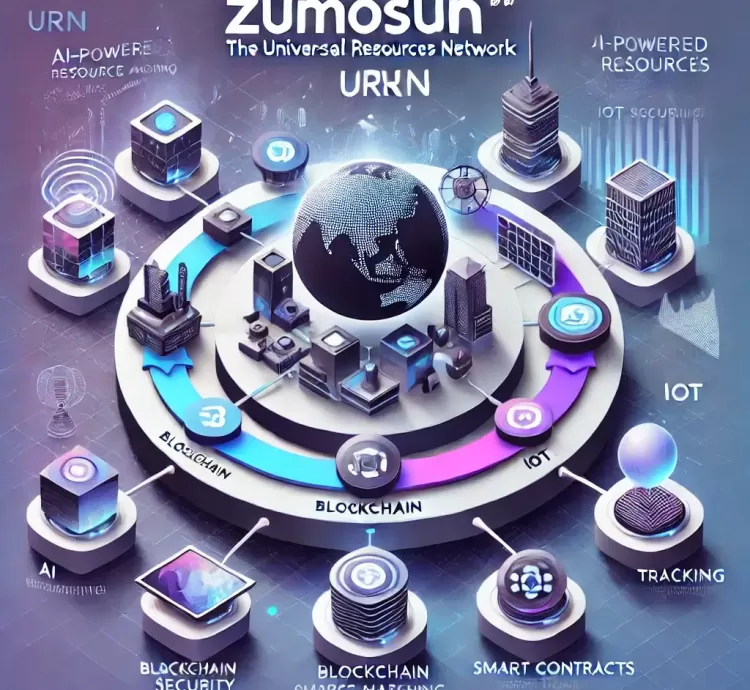


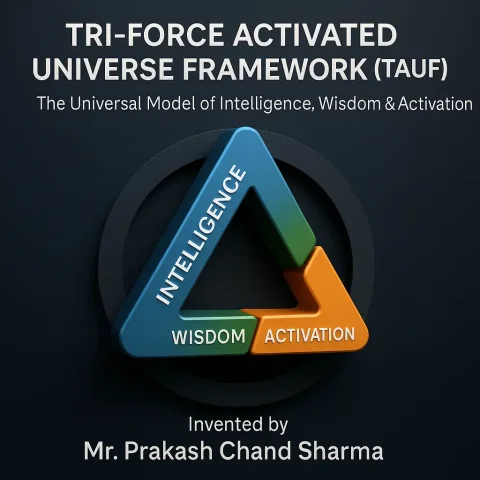

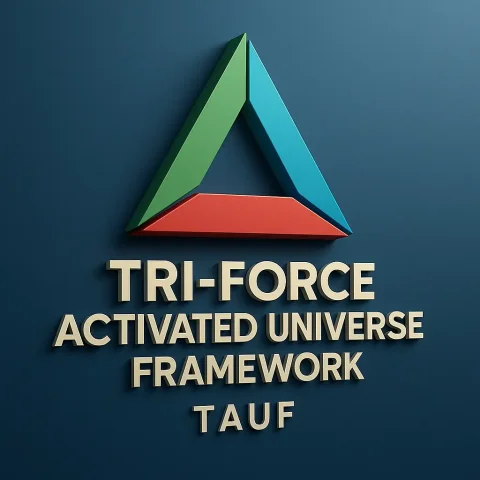
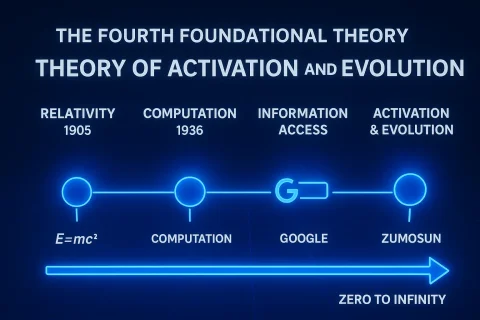
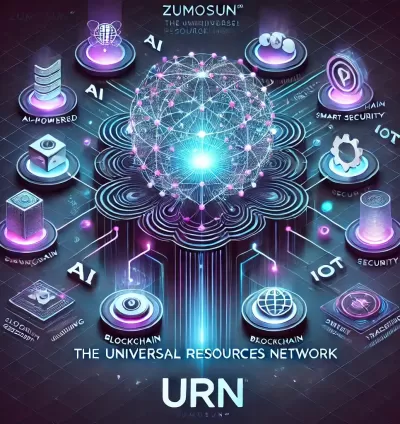

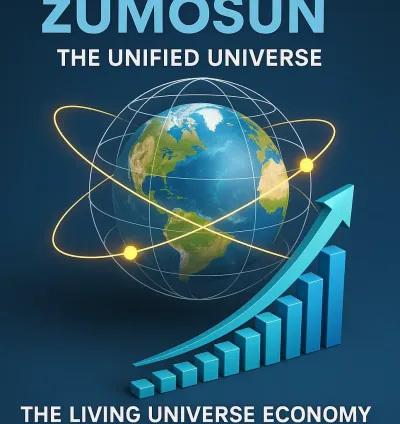
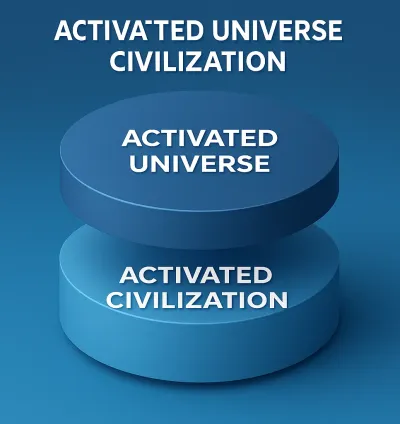

No comments found for this product. Be the first to comment!